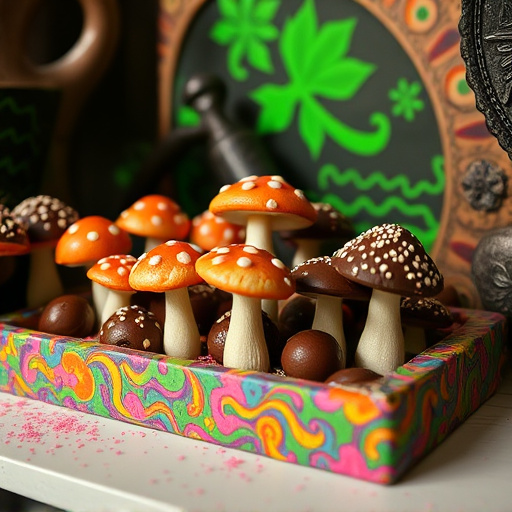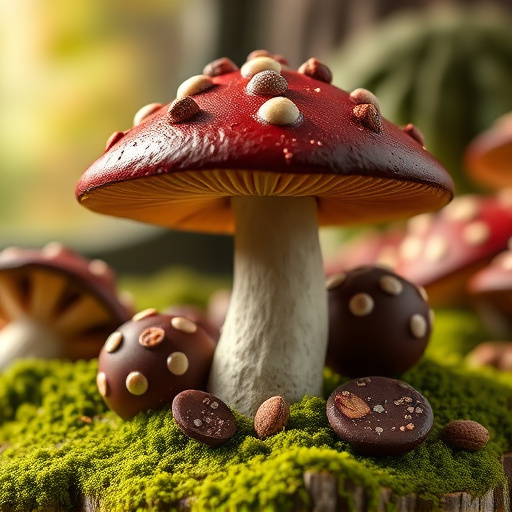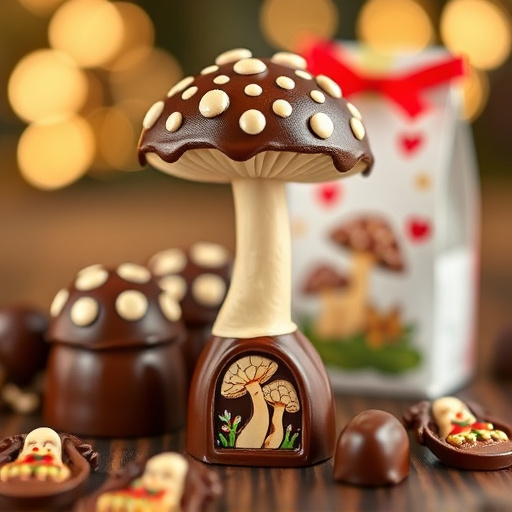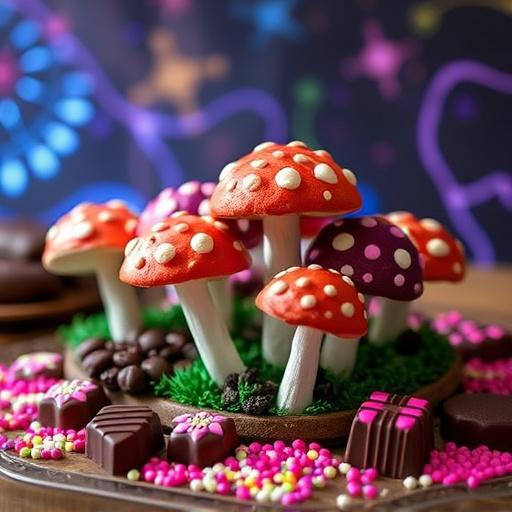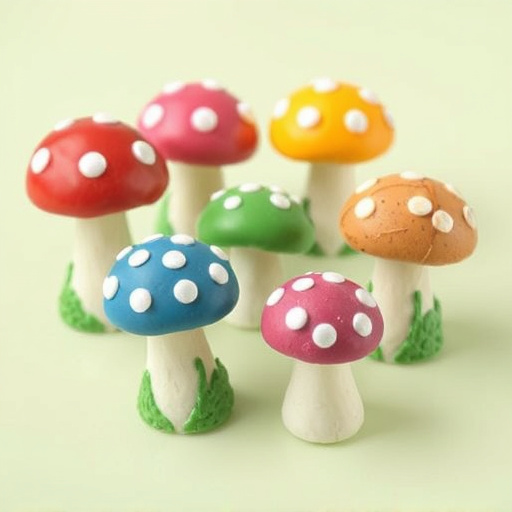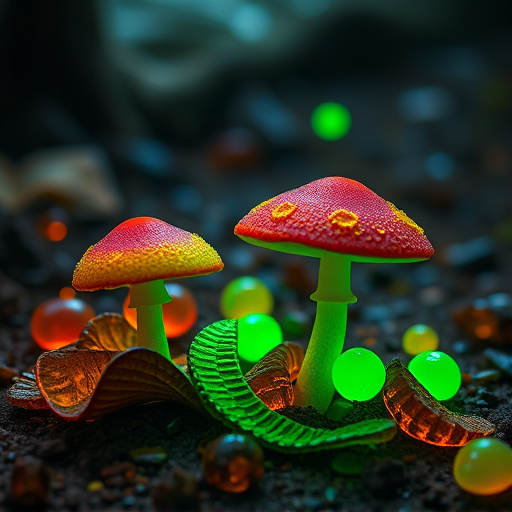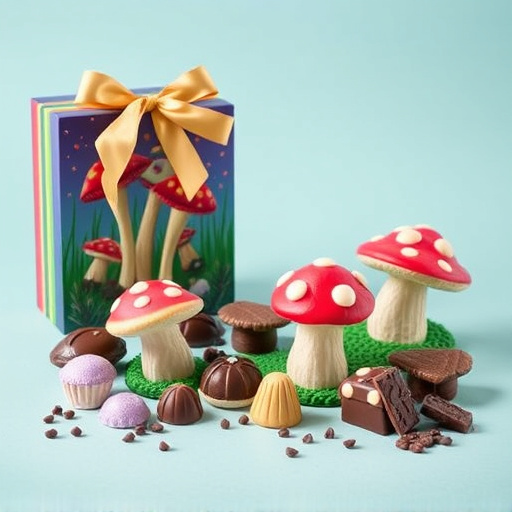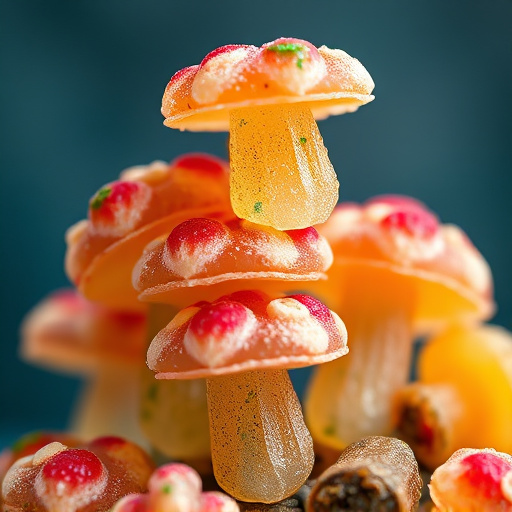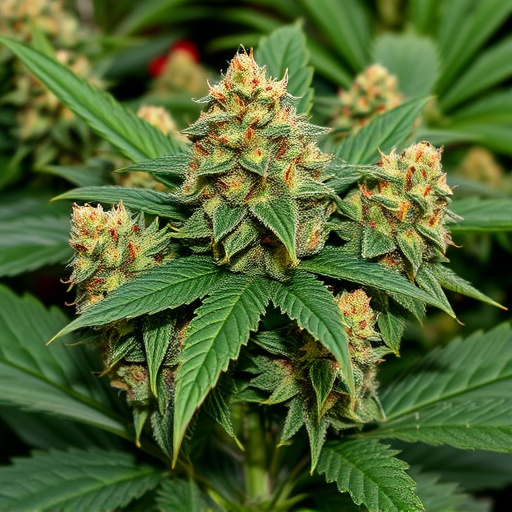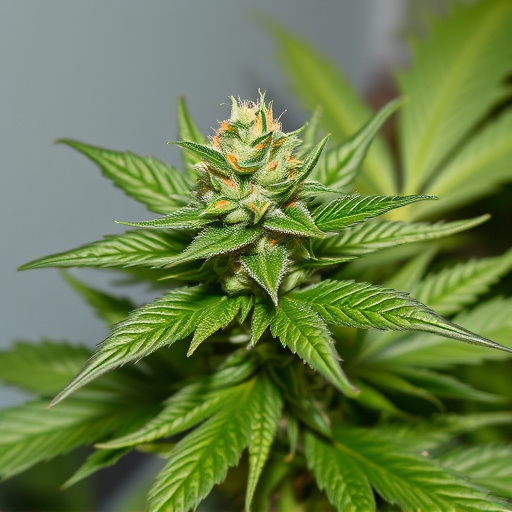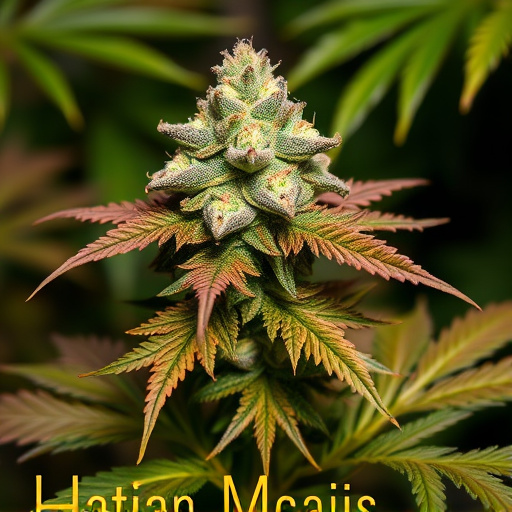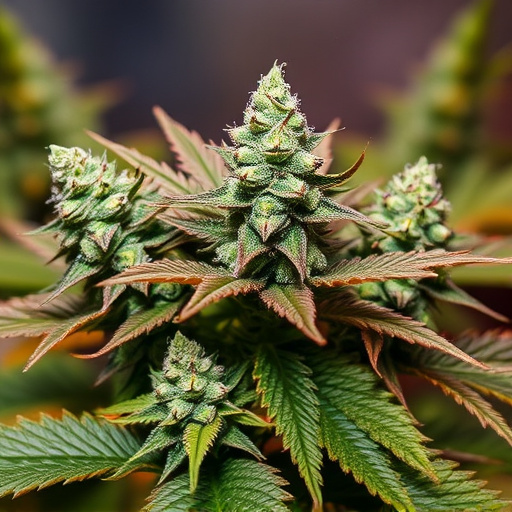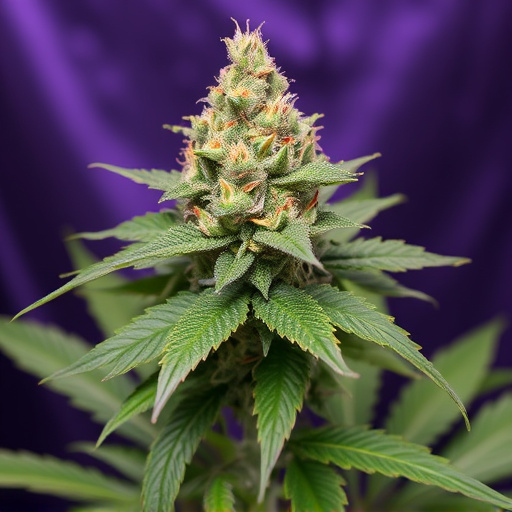Jamaican weed strains are globally renowned for their vibrant colors and potent effects, resulting from decades of meticulous crossbreeding practices in ideal climate and soil conditions. These strains, rich in cannabinoids like THC and CBD, along with diverse terpenes, offer unique therapeutic experiences. The distinct genetic makeup behind their colors, ranging from purple to red and blue, holds anti-inflammatory properties. Environmental factors like light spectrum, nutrients, and temperature further influence their vibrant hues, making Jamaican weed strains a sought-after commodity globally and cementing Jamaica's position as a leading cultivator.
Uncover the captivating secrets behind the vibrant hues of Jamaican weed strains. This unique genetic blend has fascinated cannabis enthusiasts for years, resulting in striking purple, red, and blue shades in flowers. Beyond genetics, environmental factors play a pivotal role in this color transformation. Explore how these elements converge to create some of the most visually stunning cannabis varieties, offering both aesthetic delight and potential therapeutic benefits.
- Understanding Jamaican Weed Strains: A Unique Genetic Blend
- The Role of Genetics in Color Variation: Purple, Red, and Blue Pigments
- Environmental Factors: How They Influence the Final Color of Cannabis Flowers
Understanding Jamaican Weed Strains: A Unique Genetic Blend
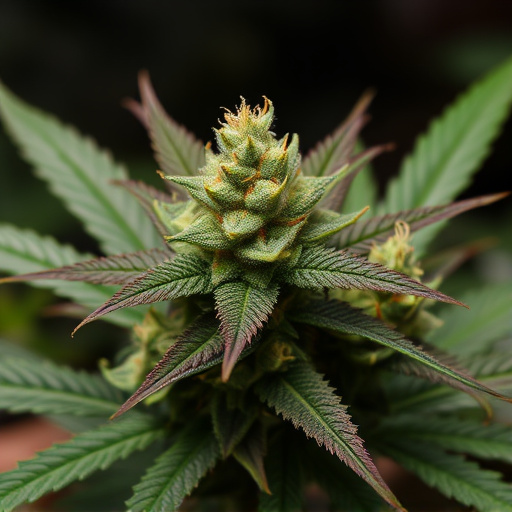
Jamaican weed strains have gained a reputation for their distinct and potent characteristics, often featuring vibrant purple, red, and blue hues. This unique genetic blend is a result of a careful and deliberate crossbreeding process that has been refined over decades on the island. The climate and rich soil of Jamaica create an ideal environment for cannabis plants to thrive and accumulate specific chemical compounds that contribute to their distinctive appearance and effects.
These strains are known for high levels of cannabinoids like THC and CBD, as well as a diverse range of terpenes, which are aromatic compounds responsible for the plant’s scent and flavor. The combination of these elements creates a truly one-of-a-kind experience for users, with potential therapeutic benefits that have attracted attention from cannabis enthusiasts worldwide, further solidifying Jamaica’s place in the world of cannabis cultivation.
The Role of Genetics in Color Variation: Purple, Red, and Blue Pigments
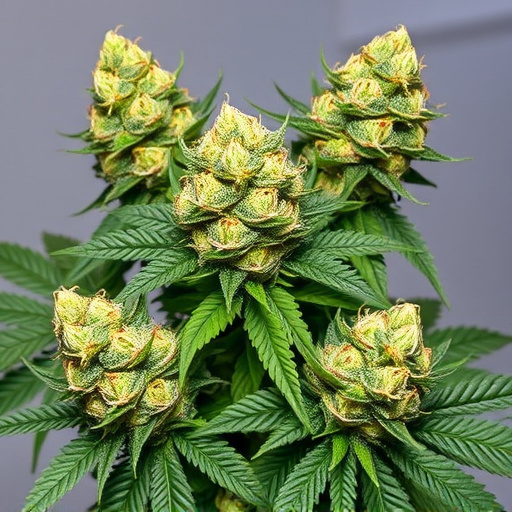
The role of genetics plays a significant part in the color variation observed in jamaican weed strains. Each strain carries a unique genetic makeup that determines its visual characteristics, including the production of specific pigments responsible for colors like purple, red, and blue. These hues are not merely cosmetic; they often indicate different chemical profiles and potential effects. For instance, some studies suggest that compounds like anthocyanins, which contribute to purple and red tints, may have anti-inflammatory properties, adding to the therapeutic value of these strains.
Genetic diversity allows for a wide range of color expression, with natural selection favoring traits that enhance survival or appeal to specific markets. In the case of jamaican weed strains, their vibrant colors can be attributed to selective breeding practices over time, where growers have cultivated plants with distinct pigment expressions, further enriching the genetic pool. Understanding these genetic factors is key to appreciating both the beauty and complexity of cannabis varieties.
Environmental Factors: How They Influence the Final Color of Cannabis Flowers
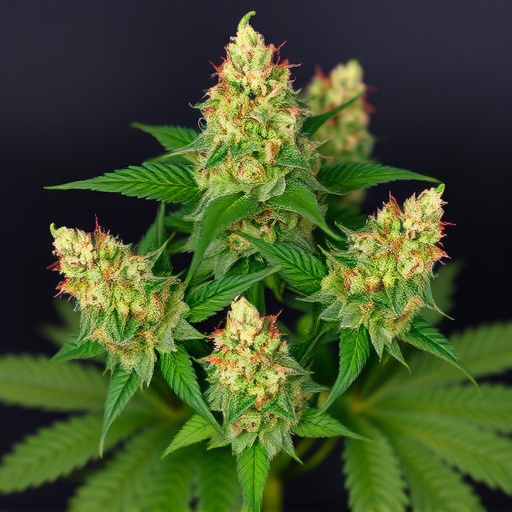
The final color of cannabis flowers isn’t solely determined by genetics, but also heavily influenced by environmental factors. These external conditions play a crucial role in the development of vibrant hues, especially in iconic Jamaican weed strains known for their rich, contrasting colors. For instance, exposure to varying light spectrums during flowering can dramatically alter pigment production. Blue or purple shades often emerge when plants receive ample UV light, while red tones are more prominent in areas with less intense sunlight.
Nutrient availability and temperature also contribute significantly. Cooler temperatures tend to intensify red and purple hues, a trait valued by cultivators aiming for striking visual effects. Additionally, nutrient deficiencies or imbalances can result in unusual color variations. For instance, a lack of certain minerals may cause greens to turn yellow or even reddish, showcasing the intricate interplay between genetics and environmental cues in cannabis cultivation.
Jamaican weed strains are renowned for their unique genetic blend, resulting in vibrant color variations like purple, red, and blue. Understanding both the genetic factors that produce these pigments and the environmental conditions that influence their expression is key to appreciating these rare and potent varieties. By recognizing how genetics and environment interact, cannabis cultivators can optimize their growing techniques to achieve the desired colors and maximize the potential benefits of these remarkable strains.
